Local guides from two wildlife sanctuaries in Assam and Arunachal Pradesh on birds to look out for and handy tips for birders
The Northeast is home to an enviable number of avian species both migratory and permanent residents across its many national parks. For the best birding experience, it makes sense to hire a local guide who will not only take you to the best spots for sightings but also ensure your safety. We have spoken to two such experienced guides from sanctuaries that are known to be a birdwatchers’ paradise – Eaglenest Wildlife Sanctuary in Arunachal Pradesh and Nameri National Park in Assam. The duo has shared their list of must-see birds and their significance.
Eaglenest Wildlife Sanctuary, Arunachal Pradesh
The discovery of a new species of bird – Bugun Liocichla – in 2006 turned this hidden valley into a birders’ hotspot overnight. Spread across 218 sq km, Eaglenest boasts of varied topography – from tropical rainforest to temperate conifer forests. Set up in 1989, Eaglenest hosts over 500 species of birds (second in the world only to the eastern slope of the Andes in South America).
Dombe Pradhan, who has been working as a birding guide for the last seven years, shares a list of his top five must-see birds at the sanctuary. The self-taught guide recommends visiting between October and May for the best sightings. Having worked as a staffer on the campsite for several years before he went onto work as a guide, the 29-year-old has been lucky enough to spot several rare species such as the Bugun Liocichla and Blyth’s tragopan.
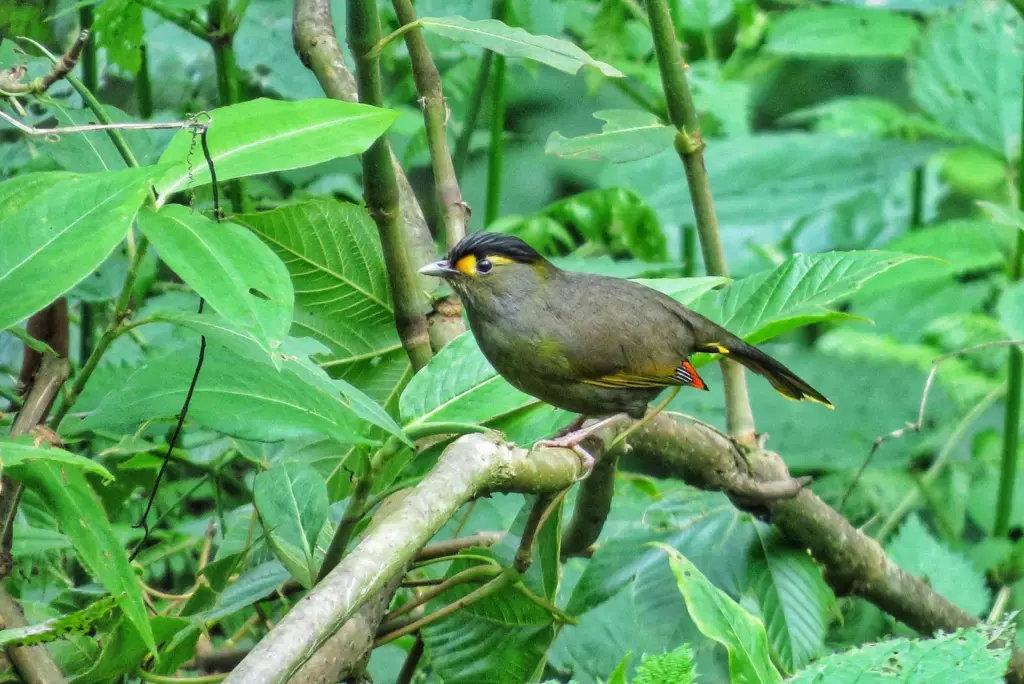
1. Bugun Liocichla
Named after the Bugun tribe that lives in the area, Bugun liocichla was the first new bird species to be discovered in India since the country’s independence. With a black forehead and olive green and yellow plumage with a red-tipped tail, there are only 14-20 such birds in the state rendering it to be a critically endangered species.

2. Blyth’s tragopan
Of the four species of tragopans found in India, two varieties are found at Eaglenest sanctuary – Blyth’s tragopan and Temminck’s tragopan. Belonging to the pheasant family, Blyth’s tragopan is the largest of tragopan species. Unlike the other species that have shades of blue in their facial area, the male Blyth’s tragopan is distinguished by its bright orangey yellow colour.
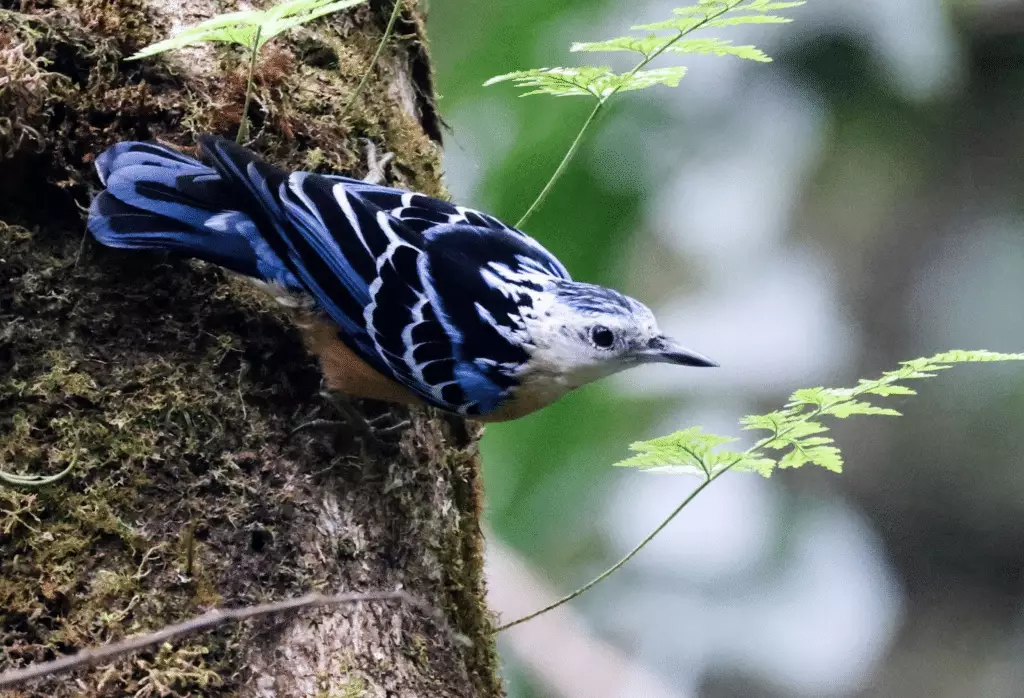
3. Beautiful Nuthatch
With its distinctive plumage, this species truly deserves its name. A fairly uncommon large nuthatch, they have an orange belly, white face, and azure blue and black wings. Also, look out for the White-tailed nuthatch.
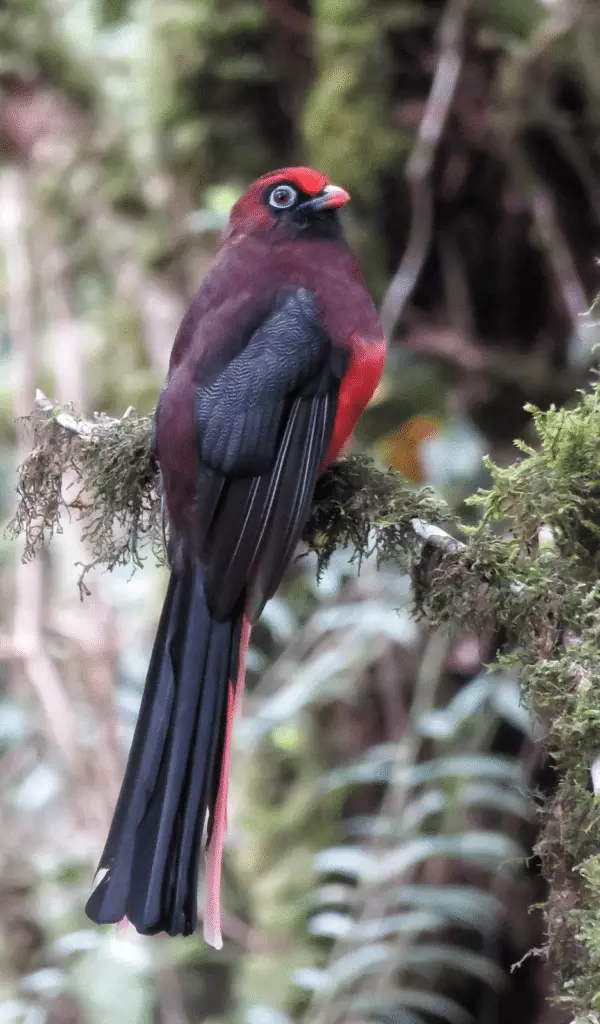
4. Ward’s Trogon
Found in higher altitude (18,000-20,000 metres) in dense forest, these birds aren’t easy to spot. While the males have a deep purple back and scarlet belly, the females have yellow and olive-toned plumage. However, both have distinct blue rings around their eyes.
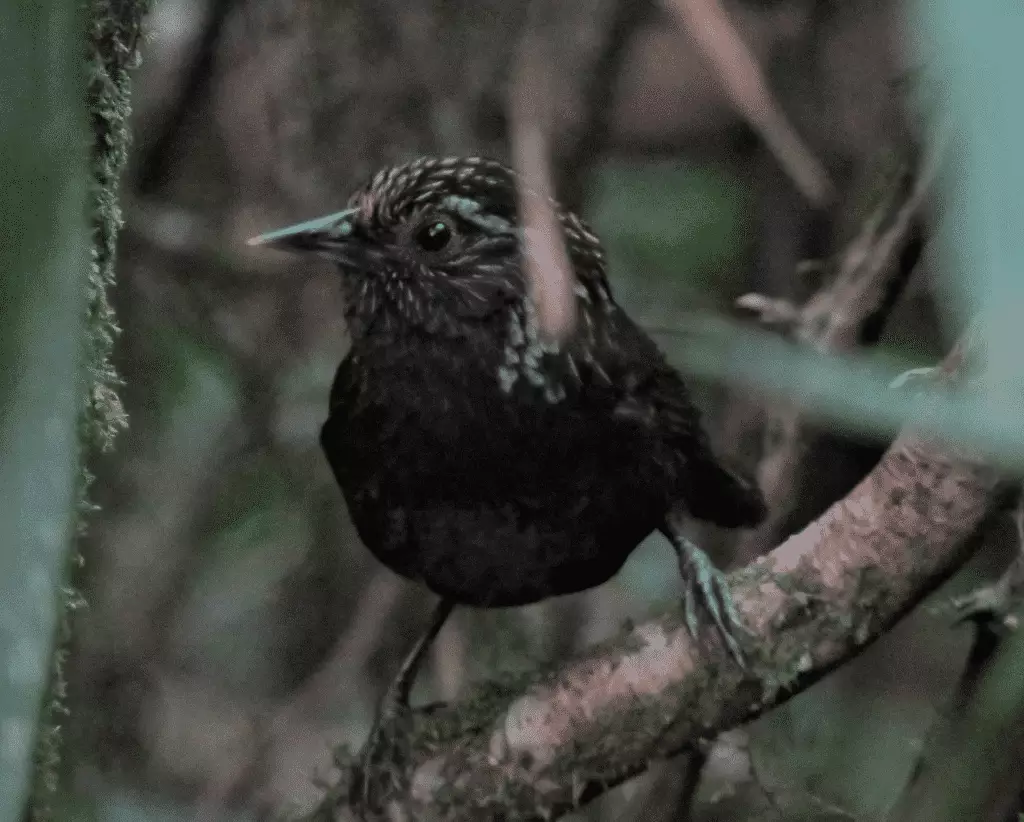
5. Sikkim Wedge-billed babbler
While this black-breasted babbler is named after the state of Sikkim, it is found quite abundantly here. However, as it spends most of its time in the dense and dark undergrowth, the best way to find it is through its call.
Nameri National Park
Located about 35 kms from the historic town of Tezpur, the Nameri National Park is home to over 350 species of birds. Of the seven national parks in Assam, Nameri is the only one that allows trekking into the forest making it ideal for bird-watching. Straddling the border of Assam and Arunachal Pradesh, it covers an area of 200 sq kms and has the river Jia Bhorali running through it.
Susil Nagte, whose village borders the national park, spent a better part of his childhood doing odd jobs in and around the campsite adjoining the park. It was the manager of the Nameri Eco Camp, Ronesh Roy, who encouraged Susil to learn about the local flora and fauna and hone his bird-watching skills. Since 2006 he has been conducting guided tours for birders visiting Nameri. According to him, the best time to visit is between February and April.

1. White Winged Wood Duck
This extremely rare species of duck was given the status of Assam’s state bird in 2013. Interestingly, the bird is known as ‘deo hanh’ in Assamese which roughly translates to spirit duck largely due to its ghostly call. On the International Union for Conservation of Nature (IUCN) Red List, their population is limited only to certain pockets of Assam and Arunachal Pradesh. With a black body and white head, the deo hanh tends to live in woodlands with still water making it difficult to spot them.
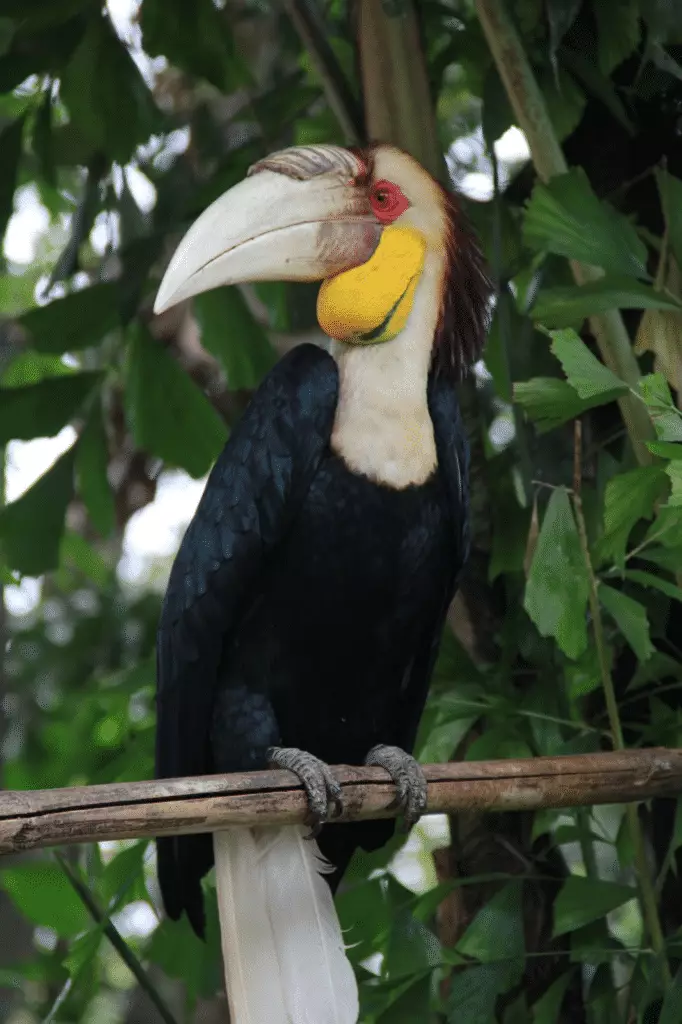
2. Wreathed Hornbill
Another great attraction at the park is this large and striking bird that is usually found high up in fruit trees. Wreath refers to the flattened band around their bill near the base. Adult male wreathed hornbills have bright yellow skin around their bills and throats. In contrast, adult females have bright blue skin. Nameri is also home to the Rufous-necked hornbill, Great Indian hornbill and Oriental Pied hornbill.
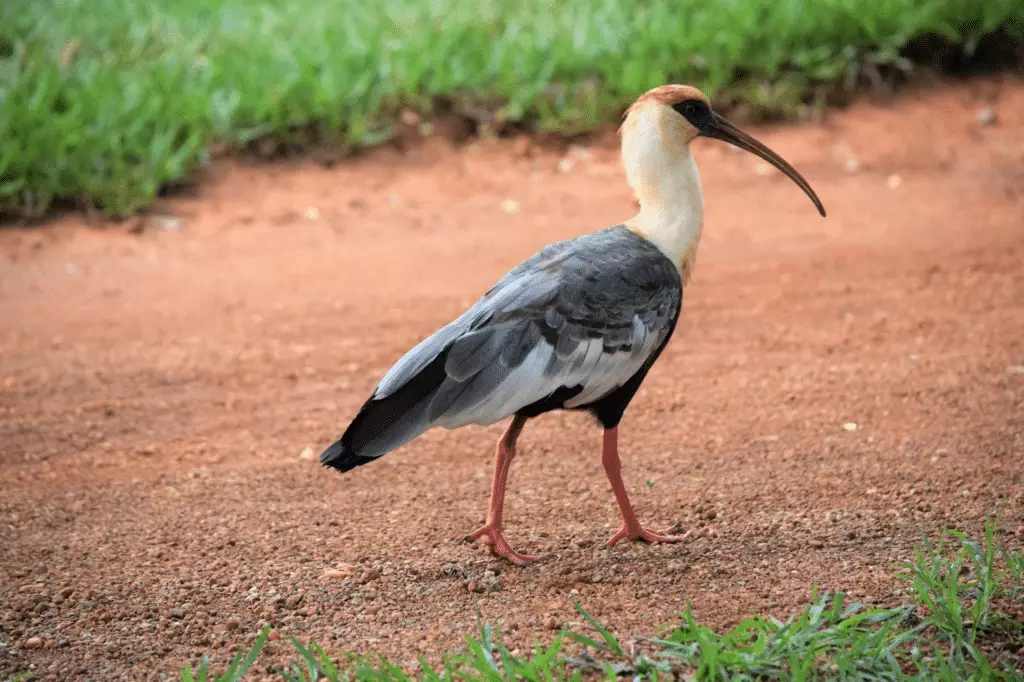
3. Ibisbill
This migratory bird – a winter visitor at the park – is a specialised wader often found along the Jia Bhorali river and its tributaries. The adult is grey with a white belly, a black face and black breast band along with the trademark long down-curved crimson bill. Other water fowl found here are the Great Cormorant, Ruddy Shelduck, Common Merganser and the rarely-sighted Eurasian Woodcock.
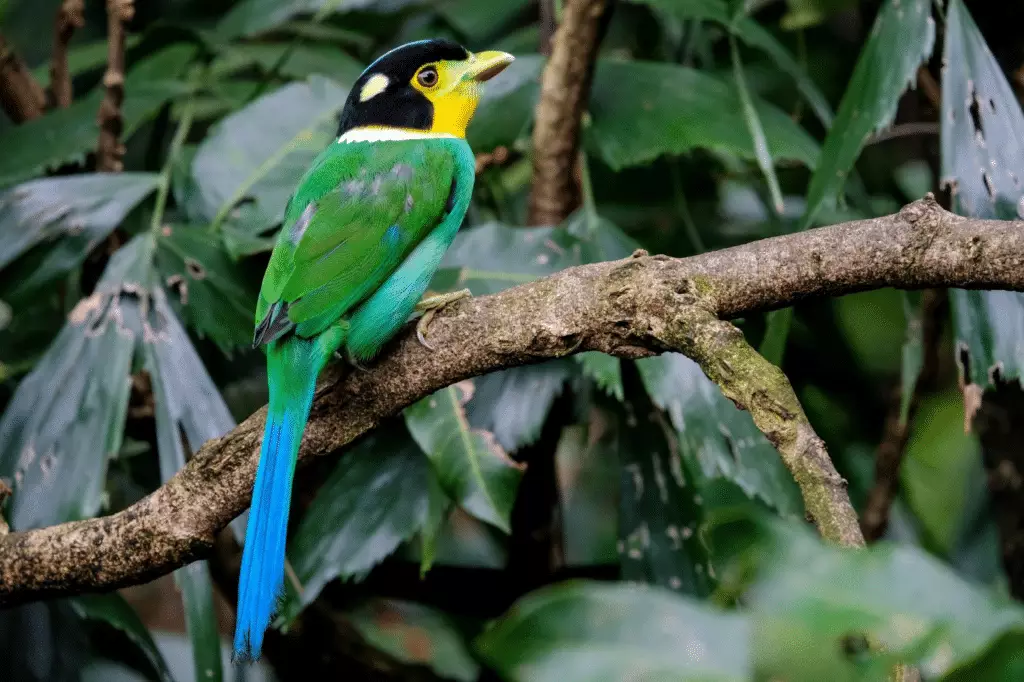
4. Long-tailed Broadbill
This cute and colourful bird has a verdant green body, black helmet-like head with a bright yellow face and blue tail. A common winter visitor, it is seen between October to April. Another winter visitor from the broadbill family is the Silver-breasted broadbill; however, this variety is less commonly spotted at Nameri.
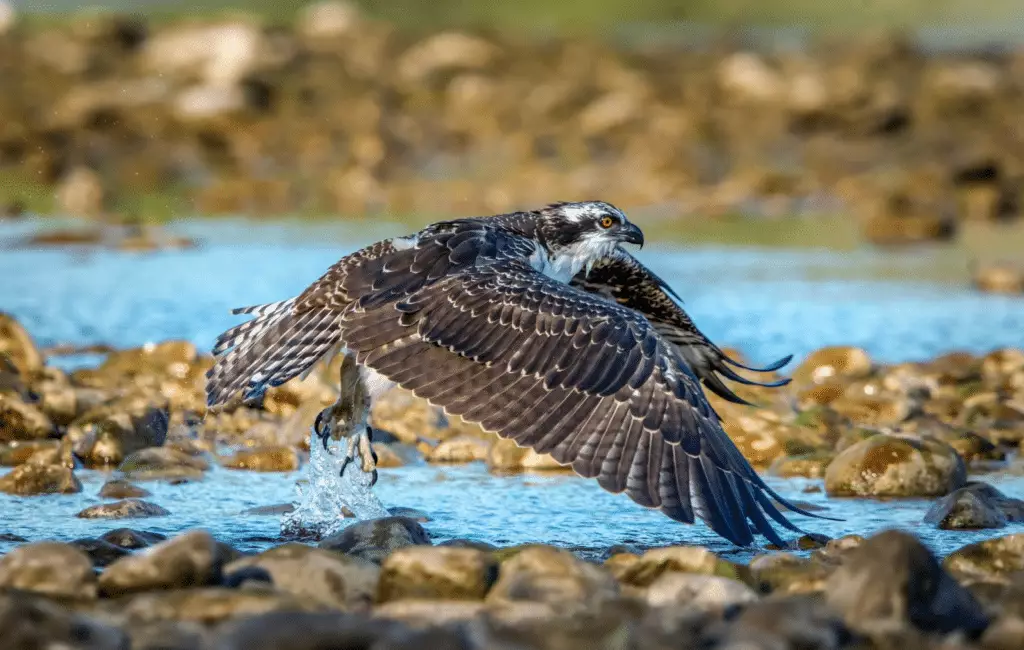
5. Osprey
This fish eating raptor also known as the fish hawk is a common winter visitor in the Northeast. It flies over water to hunt, hovering above its prey and then plunges feet first to seize a fish in its talons. It’s often seen perched atop tall trees near the Jia Bhorali riverside.
Tips for birders
1. A passion for birdwatching along with dollops of patience is necessary. Treks usually start early in the morning and can continue into late morning, early noon. Smaller birds are hard to spot as they flit around the thick foliage so patience is required.
2. Basic equipment in the form of a pair of lightweight binoculars, trekking / waterproof shoes and camouflage or neutral coloured clothing is a must. Depending on the time of visit, you might require woollens between Nov-Mar.
3. For those who would like to film / photograph, cameras that can capture birds in low light conditions will be handy.
4. Always go with a guide for the best experience and safety reasons. They’ll know where the best sightings are and can educate you about local flora and fauna.

